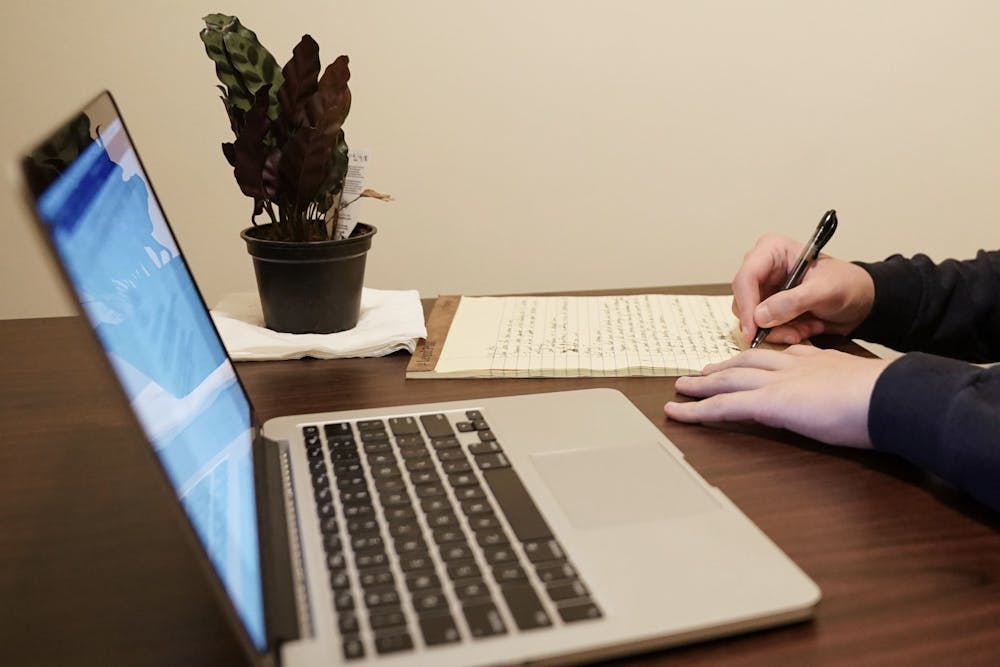
The Penn Wharton Budget Model found that each additional month of school closures from the COVID-19 pandemic will cost current K-12 students up to $15,000 in future earnings due to the diminished quality of online compared to in-person learning.
PWBM used a microsimulation model to show the future implications of both remote learning and in-person learning, should students return to the classroom during the pandemic. PWBM’s microsimulation model indicated negative effects of remote learning, finding that by Oct. 1, students in grades 1-12 had lost between $43,000 and $57,000 — or 4 to 5 percent — of their lifetime wage earnings, depending on their age.
Based on the model, K-12 students in the U.S. have already lost up to $2.8 trillion collectively in future earnings due to school closures in the spring and this fall. Students could lose up to $4.8 trillion in total if schools do not reopen until January, according to the analysis.
PWBM is a non-partisan research initiative within the Wharton School that provides an economic analysis of public policy's fiscal impact. The organization has released reports throughout the coronavirus crisis focusing on data of recession, employment, and health and economic effects of state reopenings.
The PWBM microsimulation model also projected a cost-benefit threshold that establishes guidelines for when the economic benefits of reopening schools outweigh the public health costs. The findings from PWBM claim that “if school reopening leads to an increased COVID incidence of greater than 0.355 new community cases per month for each student, then schools should remain closed."
The Philadelphia School District, home to 328 schools and 205,778 students, originally announced that the fall semester would be completed using a hybrid model, but ultimately revised the plan, making the semester completely remote.
A few weeks into the school year, however, parents from Philadelphia schools expressed that children are receiving a lower quality of education online than they had in the classroom, emphasizing some of the harmful effects of remote learning. The PWBM analysis suggests that there are ongoing constraints and limitations on both in-person and remote learning in the School District of Philadelphia.
The Daily Pennsylvanian is an independent, student-run newspaper. Please consider making a donation to support the coverage that shapes the University. Your generosity ensures a future of strong journalism at Penn.
Donate




